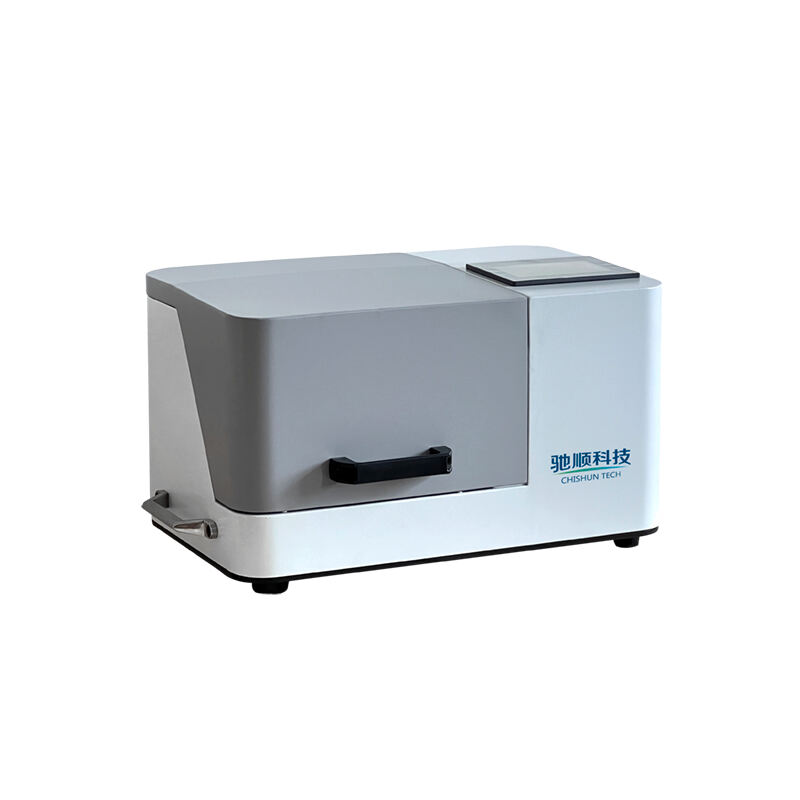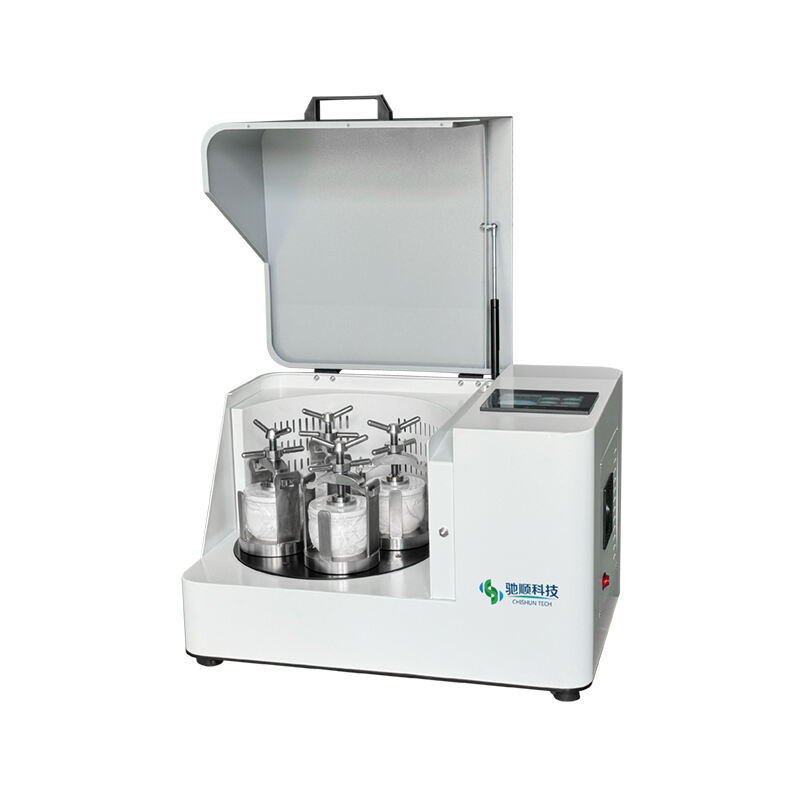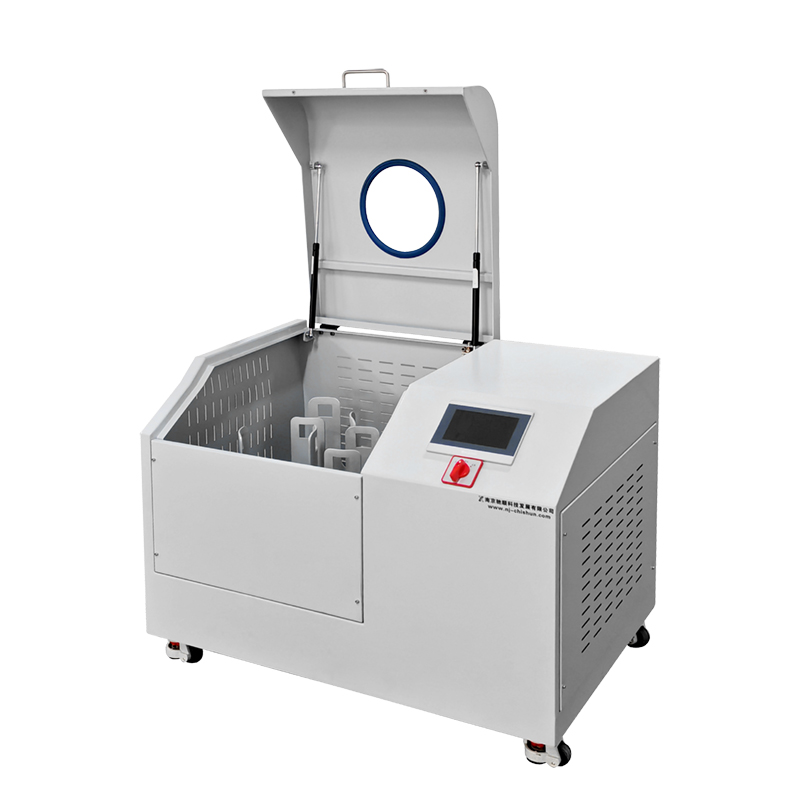In case you look inside a ball mill, then by looking downinternal part of the mill will produce small balls and large balls. These small steel balls called "grinding balls", which crush the material to fine powder. Learning more about them, these very special balls. We also discuss how to choose the right ones, and which type gets go the ball mill It can make of the right grinding balls a lot.
Grinding Balls When Using a Ball Mill They also have to be the correct shape, size and weight as well as hardness level which is a fine balance and trick of finding. Having the right grinding balls helps to make sure that you get the most out of your grinding process without harming a ball mill. Otherwise the bad will affect operating effectiveness or even damage ball mill.

Grinding balls of a variety of materials are used in ball mills-
Steel balls - they are an old and traditional body of work, which we read as tough and hard.
Ceramic balls-They are made from ceramics, which offer a higher level of purity.
Grinding rods: Used to grind long materials, a type of rod mill.
Efficient grinding depends primarily on the properties of grinding balls, such as hardness and wear-resistance.

It takes a long-running process for grinding balls to become ready from the factory and then join in ball milling. They begin as metalliciates that are melted down to metal. Once formed, they are either forged or heat treated to harden and increase wear resistance. These are produced and stored only then to be used in the ball mill for crushing materials into powder.
Results with the Perfect Grinding Balls
Selection of grinding balls can help improve the quality and efficiency of ball mill. This falls into the broad category of equipment that can improve efficiency, reduce mill damage and / or result in better product quality for the finished ground materials. Grinding Balls Selection Based On the Principle Factors - Mining and Cement Milling Equipment
In conclusion, grinding balls are recognized as the important media materials for conventional ball milling process. Knowing the different types of grinding balls can get you good options purchase.
You also can be asked to have a look inside the chamber, as it would appear like you are looking at a variety of size balls bouncing around. These are the grinding balls and they do not play a role in crushing material into powder. This guide will show you everything you need to know about grinding balls for ball mills. That is not all, we also dive into the reasons why choosing see right grinding balls matter how various types of products are there to choose from and what each has on offer as well as where these product go once they leave their factory premises until you find them in your ball mill. Moreover, we will evaluate how an accurate choice of grinding balls can lead to well-organized crushing and mixing activities.
Why Do You Need Proper Grinding Balls
Ball mills work by employing heavier grinding balls, which move more forcefully as the mill turns. The effect of grinding on balls must be such that the correct shape, size weight, composition and hardness is achieved. The proper grinding balls can achieve excellent grinding effects and reduce mill wear. On the other hand, if grinding balls fail to obtain proper granularity and high output level or appear low crushing rate stuffiness wear may be likely in ball mill.

Ball mills grind material by impact and attrition concerning the balls.Grinding media are offered in various sorts of forms, shapes, sizes as well as materials. Some common grinding balls, are:
Steel balls: Steel balls are the most used high-carbon steel ball, silicon manganese steel and general carbon through forging or rolling from all kinds of sizes with hardness(HRC60-65), The volume hardness of hightest impact minimum wear down.
Ceramic Balls: These balls are unique and specially designed from a ceramic making it perfect for the grinding of materials with high purity level without being contaminated.
Grinding rods: Grinding is done using grinding bars, which are long cylindrical elements made of alloy steel or carbon steel for materials that need less surface area for grinding.
Grinding balls are different in properties and characteristics than solid cement. And the following, based on some specific things such as:
HARDNESS: Grinding balls need to be hard enough in order not to crack and wear out but soft enough as it does not ruin the material being ground.
Density: The density of grinding balls has a significant influence on the efficiency and wear of wet mills.
If grinding balls are wear-resistant, their lifespan is extended.
Size- Grinding balls should have exact dimensions, and the tougher of it is sphereiliated.
The Journey Of Grinding Balls From Ball Mills
Breaking the journey of grinding balls from factory to ball mill This journey starts with the manufacturer of land-core grinding balls. The grinding balls are formed by the melting process and poured into moulds so they cool down, harden as well. After that, the forged grinding balls need heat treatment to strengthen their hardness & wear resistance. Once completed, the grinding balls are delivered to warehouses and then sent directly from the warehouse through a linear track into the ball mill. Grinding balls must be protected during transit, to prevent damage and contamination. Once the grinding balls are brought into the ball mill, they will be used to pulverizing materials so that particles in a powdered form can be obtained.
Improving Output through the Right Grinding Balls
The grinding balls are critical to the ball mill operation, you must select good-quality steel among all sorts of materials. Balls like preventing harm to the mill and enhancing grinding efficiency of those balls, which help in creating high-quality while making use of it under cones. What Factors Should Be Considered In Selecting The Grinding Balls Of A Ball MillFrom the perspective of strength, grinding balls are usually used in ballmills for ore crushing.
Grinding balls are the main grinding media for ball mills (read damp mill, forced) - and they play an essential role in pulverizing. As has been explained, there are hundreds of elements in your selection consideration for the proper grinding balls to use. Understanding the types and features of grinding balls can help build an optimal solution to extract granulated powder in your ball mill.
Our products are grinding balls for ball millutilized in mining, geology metallurgy, electronics, building materials ceramics, chemical industry medical, light industry, cosmetology, environmental protection, etc.
Our instruments are grinding balls for ball mill, yet feature-rich efficient, and low in noise, which can make them often instruments perfect accumulate particulate samples (four samples in 1 test) in scientific research institutes such as universities, colleges and universities as well as in corporate research laboratories.
We actually are a grinding balls for ball millmanufacturing is active technological in the research, production, sale and serving. Being one of one of the keys Hi-tech Enterprises of nation Torch Arrange, CHISHUN possessed a group of excellent technical personnel. They also hold many patents. in addition to dealing with local professors from NJU, NUST and HHU.
All of us are committed to offer you grinding balls for ball mill equipment. Each person in all of us works diligently and is accountable for all work. We hope which our expertise and commitment will enable anyone to make better efforts.